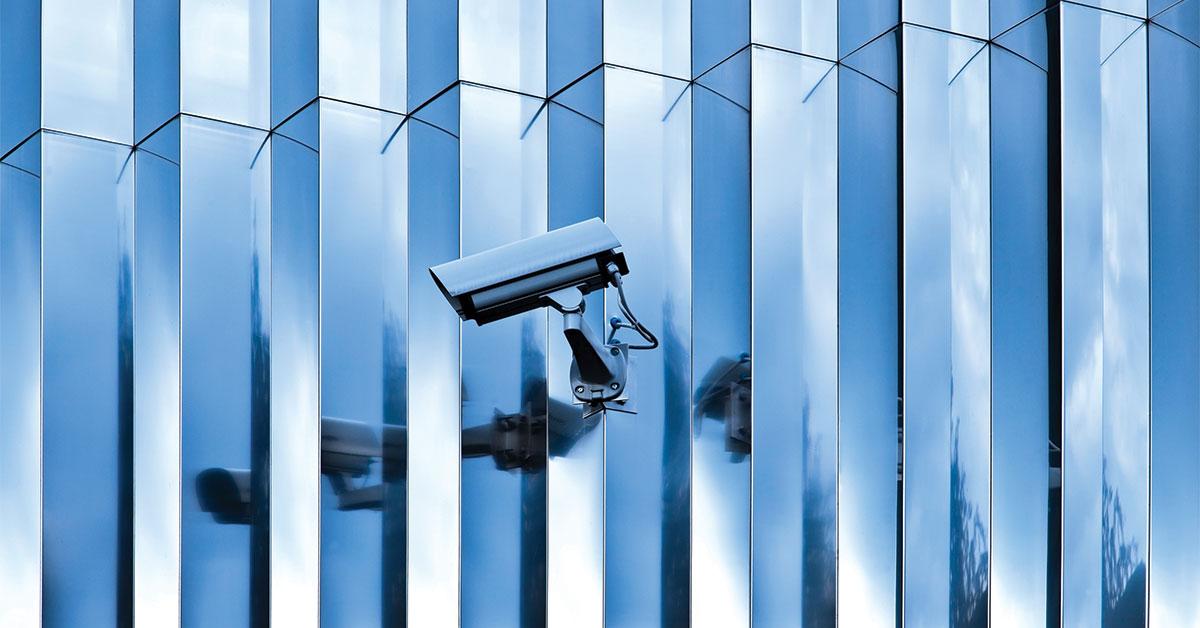CHICAGO — Drycleaning establishments are not exempt from negligent security claims.
Negligent security often involves serious crimes with severe damages that can even include assault, rape and death cases.
Juries tend to want to punish someone in these cases, and because the criminal assailant doesn’t have any money, the next in line is the owner. These claims fall into two subcategories: 1) failure to maintain adequate security measures 2) failure of the actual security measures in place.
An allegation of failure to maintain adequate security measures may be levied against a dry cleaner that is in a well-known high crime area, has a dimly lit parking lot and has no security guard or surveillance camera system.
Unfortunately, it really is as simple as that to get a case started against that hypothetical establishment.
An allegation of failure of actual, presumably sufficient security measures could arise if said dry cleaner had a lone security guard fall asleep as a crime occurred on premises.
The majority of litigation is from failure to maintain adequate security measures. It’s difficult for an owner to maintain sufficient security because it’s usually a moving target.
So how does an owner take steps to avoid a negligent security lawsuit? This is the million-dollar question.
THE PREVENT FIVE
To protect your drycleaning business, it is recommended that an owner hire a security professional to evaluate all aspects of the cleaners for potential exposure.
Security consultants are everywhere and an opinion from a good one is worth its weight in gold in the prevention department. But, even without hiring a professional, here are the last three of five things every owner of a drycleaning business should be looking at from a security standpoint.
3. Be diligent
Security cameras can help prove a slip and fall was planned, but there is still the obligation to make sure there is nothing to slip on.
Don’t give the judge any reason to believe that there was liquid, paper, plastic, hangers or any other type of debris on the floor. Make sure to clean floors right after an accident occurs, and post caution signs.
This includes uneven floor surfaces, doorways with low ceilings, hot machinery, and any exposed wires which of course, should be tended to as soon as possible.
4. Employee Background Checks
Most businesses do a criminal background search before hiring anyone. There are several inexpensive options to obtain background checks, but they are cheap for a reason: accuracy is a question.
As the owner of a dry cleaner, with a lot of customers of all ages, it is nearly indefensible if there is a person working there with convictions or charges for violent criminal acts, and ends up snapping back to their old ways. Customers are expecting a safe environment, as brief as their visit to the cleaners is.
A reputable internet search company is recommended, or one done by a professional.
5. Security on site
On site, security companies and police are a crime deterrent. However, they do not prevent crime.
Plaintiff’s attorneys frequently argue that security officers should have prevented the crime that occurred there. This is often a false statement, and most times impossible. The simple rule is if your drycleaning business is in a low crime area with no incidents of violent crime, a security company providing
an unarmed guard is adequate to rebut a claim of failure to maintain adequate security.
If there is a history of crime in the area, an armed police offer is a good idea — and good practice for all areas of businesses.
Can these measures prevent a lawsuit?
There’s no fail-safe method to eliminate the possibility of a lawsuit, but these measures will put any drycleaning business in a better position to defend itself if one comes.
Experience shows that the owners who cut corners on security measures have been hit with the hardest lawsuits. The adage, “An ounce of prevention is worth a pound of cure,” is valuable.
To read Part 1, go HERE.
Have a question or comment? E-mail our editor Dave Davis at [email protected].
